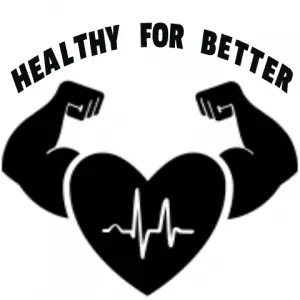Ever wondered why some people prefer concentric squats and others like eccentric squats? It's important to know the main differences between these two types of squats. They both play a big part in building muscle, preventing injuries, and improving athletic performance. Let's dive into the basics of each type to see why they matter.
Key Takeaways
- Concentric squats focus on muscle shortening during the lifting phase, while eccentric squats emphasize lengthening as you lower your body.
- Both forms are essential in understanding squat differences for better strength training outcomes.
- Recognizing squat mechanics can enhance performance and reduce the risk of injury.
- Incorporating both concentric and eccentric movements maximizes muscle recruitment and growth.
- A strategic balance between these squat types improves joint stability and overall athletic capabilities.
Understanding Squat Mechanics
Learning about squat mechanics is key for better performance and fewer injuries. The squat movement has two main parts: the concentric and eccentric phases. Each phase is important for muscle activation and strength, which helps with squatting well.
The Role of Concentric and Eccentric Phases
The concentric phase is when muscles shorten as you go up from a squat. This helps you lift the weight. The eccentric phase is when muscles lengthen as you go down into a squat. Mastering both phases is key for better squat mechanics. It helps with strength and stability.
Importance of Joint Stability in Squats
Keeping joints stable is key in squats to avoid injuries and keep alignment right. Strong muscles in the glutes, quads, and hamstrings help with stability. When you go down into a squat, these muscles help protect your joints. This makes squats safer and helps improve strength and movement.
| Phase | Muscle Action | Importance |
|---|---|---|
| Concentric Phase | Muscles shorten to lift | Generates upward force |
| Eccentric Phase | Muscles lengthen to lower | Controls motion and protects joints |
| Joint Stability | N/A | Prevents injuries and maintains alignment |
What is a Concentric Squat?
A concentric squat is a key movement where muscles work together to lift the body against gravity. This happens when you push up from the squat, using your heels and key muscles. It's vital for strength training and improving athletic skills.
Definition of Concentric Contraction
A concentric contraction happens when muscles shorten and push against resistance. In a squat, this means muscles actively contract to lift the body's weight. These contractions help you move effectively, whether in the gym or everyday life.
Key Benefits of Concentric Squats
Concentric squats have many benefits. Key advantages include:
- Increased Muscle Hypertrophy: These squats help muscles grow, making your body stronger.
- Enhanced Strength: Doing them regularly lets you lift heavier weights, increasing strength.
- Improved Athletic Performance: Athletes get explosive power from these squats, improving their sports performance.
- Functional Movement Improvements: This exercise makes daily activities easier and lowers injury risk.
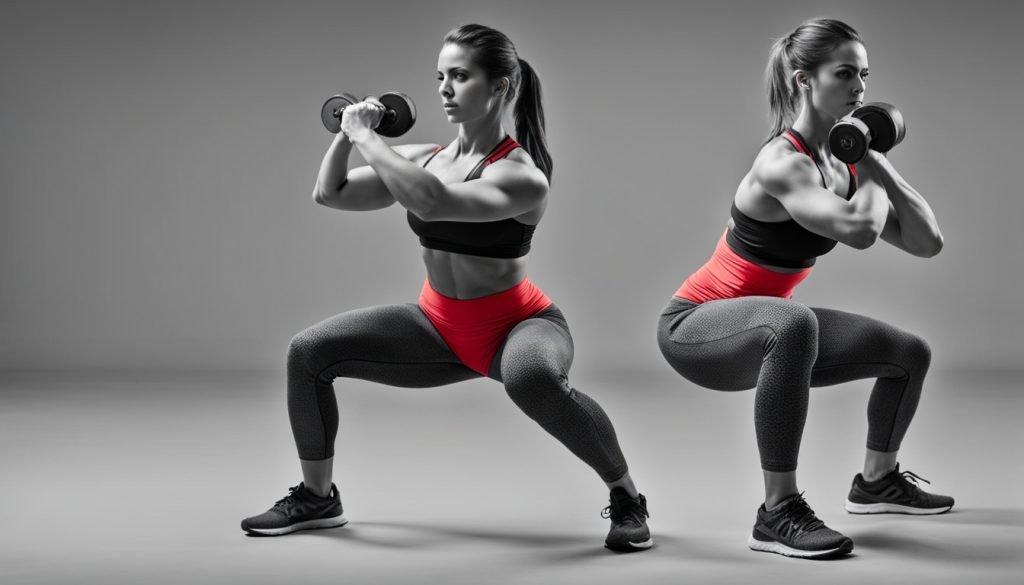
| Benefit | Description |
|---|---|
| Increased Muscle Hypertrophy | Stimulates growth of muscle fibers, leading to improved physique. |
| Enhanced Strength | Facilitates the ability to lift heavier weights over time. |
| Improved Athletic Performance | Boosts explosive power, translating to better sports performance. |
| Functional Movement Improvements | Makes everyday tasks easier and contributes to injury prevention. |
What is an Eccentric Squat?
An eccentric squat focuses on the lowering part of the movement. This phase is key for building muscle. The muscles work in an eccentric contraction, getting longer while under tension. This helps improve strength and performance.
Definition of Eccentric Contraction
Eccentric contraction happens when muscles work while getting longer. In an eccentric squat, you lower your body while keeping stable. This creates a lot of tension in the muscles, helping them grow stronger.
Benefits of Eccentric Squats for Muscle Development
Eccentric squats bring many benefits to your workout:
- Improved tendon strength – They make tendons stronger, helping with high-impact activities.
- Increased elasticity – Muscles and tendons get more elastic, boosting athletic performance.
- Enhanced lower limb stiffness – This helps with transferring force during explosive moves.
- Reduced risk of knee tendon injuries – Doing these exercises often lowers the risk of knee tendon injuries.
- Accelerated muscle recovery – Eccentric squats help muscles recover faster after exercise.
- Breaking through performance plateaus – Adding eccentric squats helps overcome strength training stagnation.
Knowing the benefits of eccentric squats helps athletes and fitness lovers make the most of their training.
Concentric vs Eccentric Squat: Key Differences Explained
Exploring the difference between concentric and eccentric squats shows key factors. These factors affect training methods and improve strength and muscle growth.
Biomechanical Differences
The way our muscles work in concentric and eccentric squats is crucial. Concentric squats lift the weight up, while eccentric squats lower it. This difference changes how muscles work and affects performance.
Eccentric movements help make muscle fibers stronger and improve muscle endurance. This is important for overall muscle health.
Training Implications for Strength and Hypertrophy
Knowing how these differences affect training helps improve strength and muscle growth. Using both types of squats helps muscles grow evenly and lowers injury risk.
Eccentric squats cause more muscle damage, which is key for muscle growth. Concentric training helps muscles generate force better. Customizing workouts to focus on each type makes training more effective and reaches fitness goals.
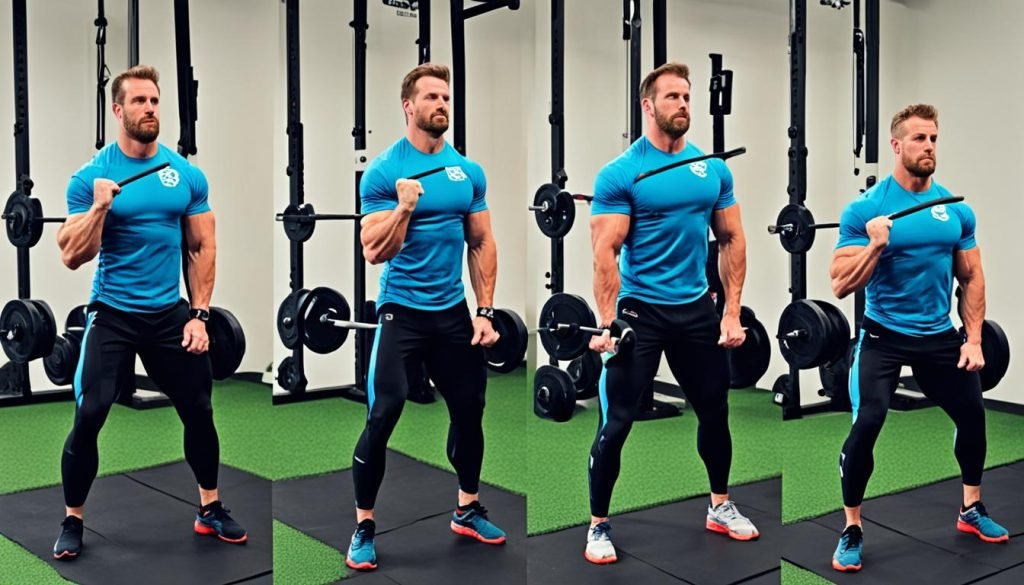
Significance of the Eccentric Phase in Squatting
The eccentric phase is key in the squat exercise. It helps improve strength and stability. Knowing about this phase can make workouts better and safer.
Injury Prevention and Joint Health
Pay attention to the eccentric phase to prevent injuries. By controlling how you go down in a squat, you ease the stress on your joints. This makes your joints healthier.
Managing force in this phase also makes your muscles that keep you stable stronger. This lowers the chance of getting hurt and makes moving better.
Impact on Muscle Fiber Recruitment
The eccentric phase is important for using muscle fibers. It makes sure more muscle fibers work, which boosts strength and muscle size. This careful way of going down makes sure you use the most muscle fibers.
This approach helps lifters get better results from their strength training.
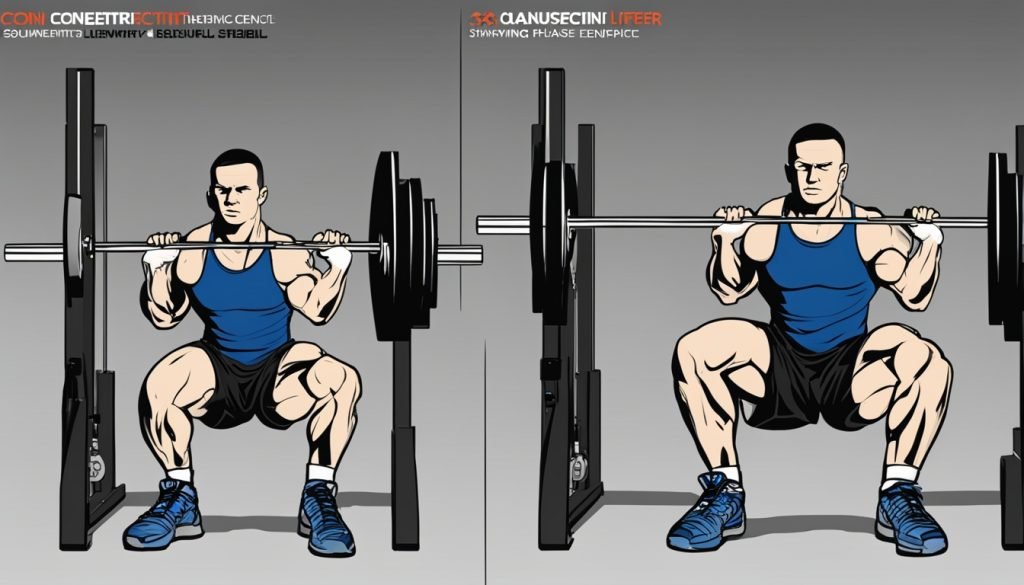
Incorporating Both Phases into Strength Training
Adding both concentric and eccentric phases to strength training boosts performance and muscle growth. It's key to understand how these phases work together to make workouts better. By adjusting tempo, changing loads, and adding explosive moves, you challenge your muscles. This approach helps muscles grow evenly and gets you stronger.
Strategies for Effective Resistance Training
- Tempo Training: Change the speed of the squat, focusing more on the lowering phase to build muscle tension.
- Load Variation: Use different weights for going down and coming up to focus on strength.
- Explosive Movements: Add jumps or quick movements to work on power with your squat exercises.
- Dynamic Warm-Ups: Get your muscles ready for both phases with movements that feel like squatting.
Sample Workout Routines Featuring Both Types of Squats
Creating a squat workout that mixes different types can lead to better results. Here's a plan you can follow:
| Workout Day | Exercise | Sets | Reps | Focus |
|---|---|---|---|---|
| Monday | Concentric Squats | 4 | 8-10 | Strength |
| Wednesday | Eccentric Squats | 4 | 6-8 | Muscle Control |
| Friday | Jump Squats | 3 | 10-12 | Power |
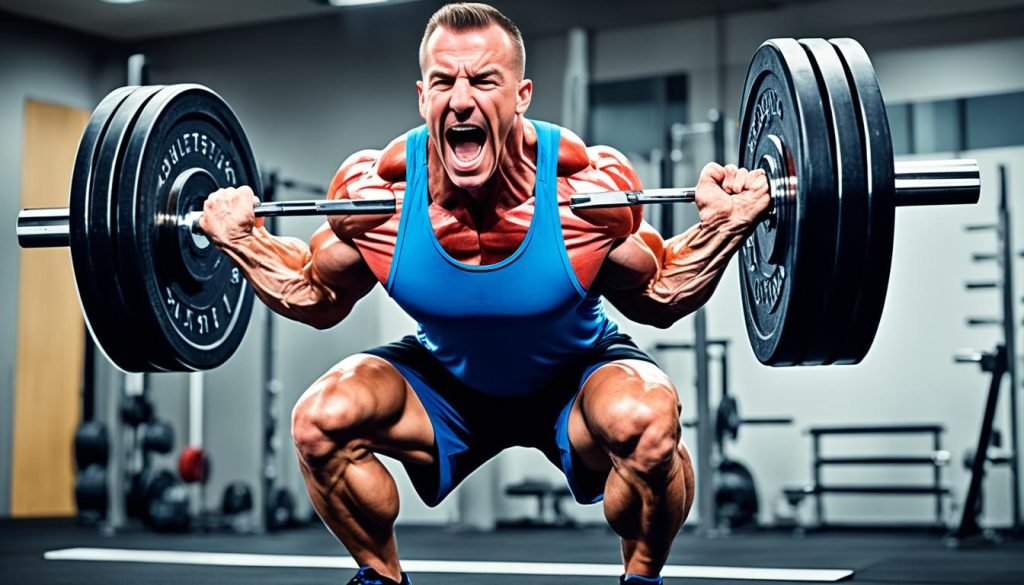
Plyometrics and Power Development in Squats
Adding plyometrics to a squat routine boosts muscle power and athletic performance. This mix helps athletes get stronger and faster. It makes them better at quick, forceful movements.
The Role of Eccentric Training in Explosive Movements
Eccentric training is key for explosive moves. It helps muscles get stronger by focusing on stretching during heavy lifts. This training makes muscles better at handling shock, leading to more powerful moves.
Integrating Plyometrics with Eccentric and Concentric Squats
Using plyometrics with both eccentric and concentric squats improves power. Here are ways to do this:
- Plyometric Squats: Jump squats help increase explosive power.
- Eccentric Loading: Longer descents in squats strengthen muscles.
- Supersets: Combine concentric squats with plyometric exercises for a full workout.
- Varied Routines: Use different squat types to work muscles from all sides.
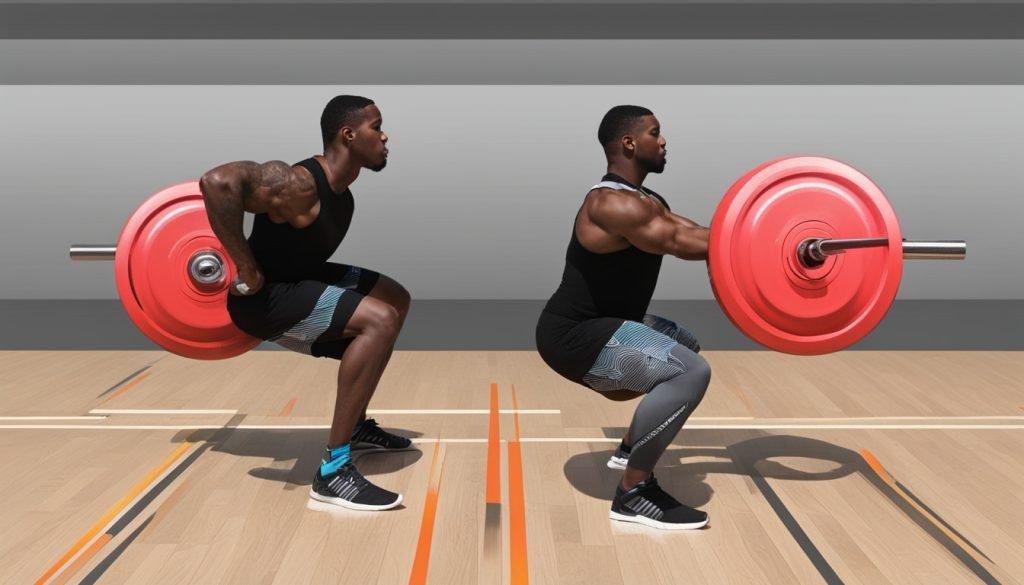
Conclusion
Concentric and eccentric squats are key to a good strength training plan. Concentric squats focus on the muscle's upward movement, helping muscles grow. Eccentric squats work on the downward movement, improving flexibility and joint stability.
Adding these exercises to your routine boosts your performance. They are great for athletes and those who love fitness. You'll see better muscle growth, fewer injuries, and easier daily and athletic tasks.
Knowing and using these squat methods makes your fitness plan complete. It helps trainers get the most out of their workouts while avoiding bad techniques. By doing both concentric and eccentric squats, you can train more effectively and stay balanced.
FAQ
What is the primary difference between concentric and eccentric squats?
The main difference is in how muscles work. In concentric squats, muscles shorten to lift you up. In eccentric squats, they lengthen as you go down.
How do these squat phases contribute to muscle hypertrophy?
Both phases help grow muscles. Concentric squats let you lift heavier weights. Eccentric squats create tension that's key for muscle growth.
Why is joint stability important during squats?
Joint stability is key to avoid injuries. Muscles like glutes, quads, and hamstrings work hard to control the movement. This keeps joints safe during both up and down phases.
Can incorporating eccentric squats improve athletic performance?
Yes, adding eccentric squats can boost athletic performance. They strengthen tendons, increase flexibility, and help control explosive moves. This is crucial for many sports.
How can I effectively integrate both concentric and eccentric squats into my training?
Mix up your squat types by changing how fast you move and the weights you lift. Try alternating between regular squats and ones focused on eccentric movements. This mix helps increase strength.
What are the benefits of using plyometrics in conjunction with squats?
Adding plyometrics to squats boosts power and gets muscles ready for fast movements. This combo not only increases strength but also enhances performance in sports.
What training strategies can I use for effective resistance training?
For effective resistance training, change how fast you squat, use different weights for each phase, and add explosive moves. This variety targets specific muscles and improves muscle use.
Source Links
- Understanding Eccentric vs. Concentric Movement Can Unlock More Gains – https://www.menshealth.com/fitness/a41736822/eccentric-vs-concentric/
- Eccentric Squats For Unreal Power Development – https://exerflysport.com/blogs/eccentric-squats-for-unreal-power-development/
- What Eccentric and Concentric Movements Are in a Squat? | Livestrong.com – https://www.livestrong.com/article/499919-what-eccentric-and-concentric-movements-are-in-a-squat/
Recent Posts
It's important to evaluate whether Beachbody On Demand continues to meet your fitness needs as we enter 2025. With a range of workout programs and nutrition plans, the platform claims to cater to...
Just like having a personal trainer at your fingertips, Beachbody On Demand offers you an extensive library of on-demand workout programs accessible anytime, anywhere. This service allows you to...
